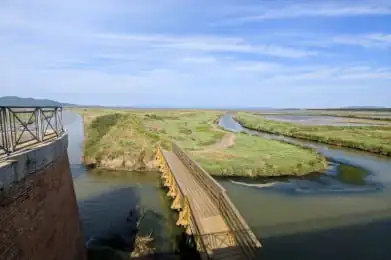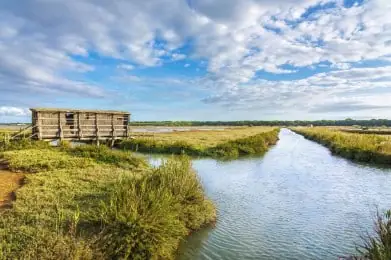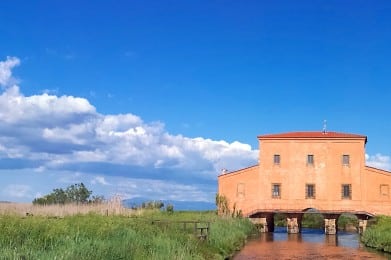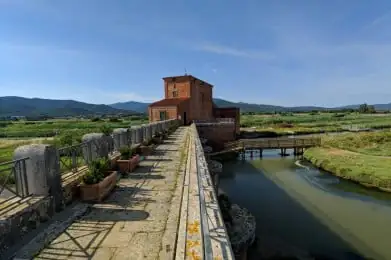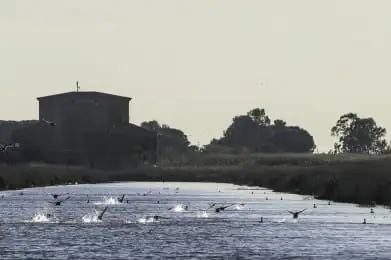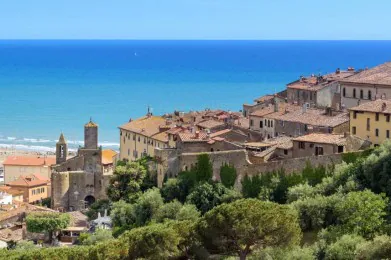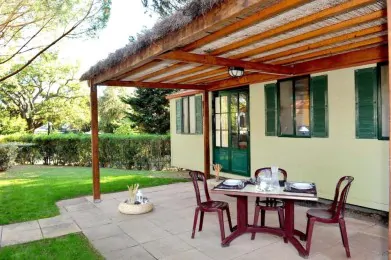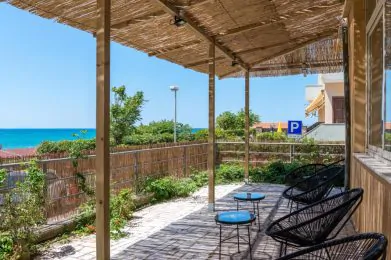Spread over more than 1,200 hectares between Castiglione della Pescaia and Grosseto, the Diaccia Botrona Nature Reserve is one of the most important wetlands in Italy and among the richest in biodiversity in Europe. What remains of the ancient Lake Prile, once brackish and vital to the local economy, is now an ecological paradise of marshes, reeds and bodies of water, protected as a SCI (Site of Community Importance), SPA (Special Protection Area) and Ramsar Zone since 1971.
The reserve is home to an extraordinary ecosystem of more than 200 species of birds, including marsh harriers, red herons, egrets, royal pythons and ospreys, making it an ideal destination for birdwatchers. There is no shortage of amphibians, reptiles, a rich invertebrate fauna and rare plant species, including wild orchids and fragments of lowland forests with tamarisk, ash and elm trees.
A symbol of the reserve is the striking Casa Rossa Ximenes, designed in 1767 by engineer and Jesuit Leonardo Ximenes to regulate water runoff between the marsh and the sea. The building, now a multimedia museum, represents the historical and scientific heart of the area, bearing witness to the major land reclamation works ordered by the Lorraines in the 18th century to combat swamping and malaria.
Next to the Red House is a landscape where nature and history coexist harmoniously: walkways, observation towers and paths allow visitors to safely explore a reserve that, in addition to its wild beauty, also holds traces of the past, such as the nearby Isola Clodia, an ancient settlement from Roman times.
Diaccia Botrona is today a “living genetic bank,” the custodian of a delicate balance between man and nature, a perfect place to rediscover the value of biodiversity and the memory of an area shaped by time and water.

